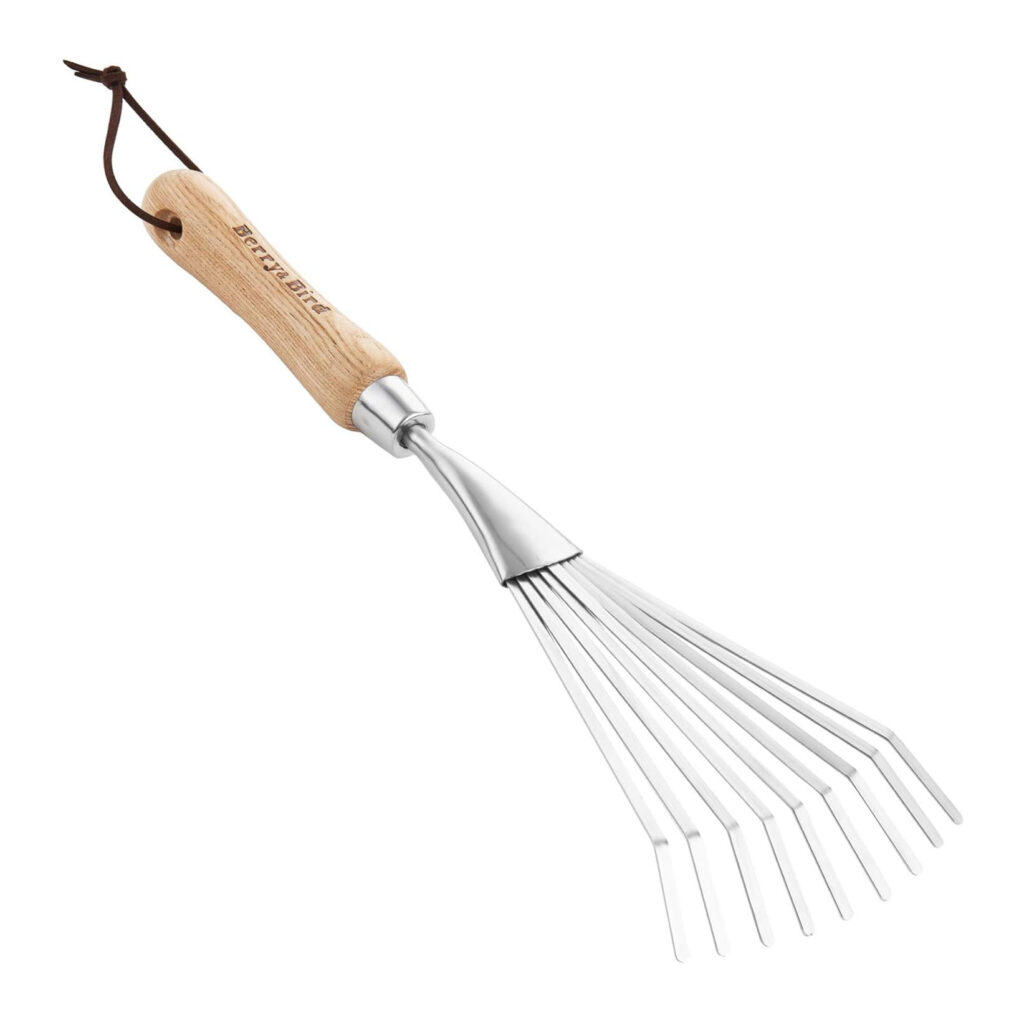
10 Things You Need to Do in Your Garden This Fall
Your garden checklist for the season.

Thomas J. Story
It’s time to embrace the cooler months and tackle the garden tasks that will set you up for success in the seasons ahead.
Plant

Cavan Images/Getty Images
–Sow cool-season natives like desert marigold and penstemon, which appreciate lower temperatures for germination. Plant companion shrubs such as serviceberry (Amelanchier alnifolia) or golden currant (Ribes aureum) as windbreaks to protect these more delicate plants as they grow.
–Consider providing wildlife support with your late fall plantings by adding berry-producing shrubs such as toyon, elderberry, and canyon snowberry, all of which provide food for birds and other animals during the winter months. By practicing a technique of layered planting using both groundcovers and shrubs, you’ll not only provide diverse habitats for wildlife but also aid in weed suppression and erosion control.
–Get a head start on your spring kitchen garden by planting herbs and hearty greens. Tuck garlic and chives throughout your growing area to attract beneficial insects and repel pests such as aphids, Japanese beetles, snails, and rabbits. In colder climates, consider adding a cold frame topper to raised beds for an extended growing season.
Harvest

Milan Krasula/Getty Images
–Frost in the forecast? Hold back on gathering carrots, turnips, rutabagas, beets, Brussels sprouts, broccoli, and kale. Dropping temperatures can actually make your produce taste sweeter, as root crops develop more sugars when the thermostat drops below 40 degrees Fahrenheit. Be sure to use a garden fork to gently remove the roots if the soil has hardened come harvest time.
–Persimmons are at their peak for picking, and there’s no better way to celebrate this fruit than learning the culinary art of Hoshigaki, a Japanese method of preserving fruit. Hachiya persimmons are peeled, hung, and lovingly massaged every day for four to six weeks. The result is a dried fruit that is richly sweet with winter-spiced flavors such as cinnamon, clove, and allspice. A labor of love, but definitely worth trying. These hachiyas can be used to level up your upcoming holiday charcuterie and cheese boards or simply tossed into a winter green salad for a sweet surprise.
Maintain

Courtesy of Amazon
–Leave the leaves! Provide overwintering sites for beneficial insects such as native bumblebees and moths while protecting your soil. Consider composting leaf mold by creating a pile of extra leaf litter, which will decompose over the winter and provide a carbon-rich soil amendment for spring planting, improving soil structure and increasing water-holding capacity.
–Create a cool-weather toolkit. Gather row cover, a hand rake, freshly sharpened pruners, elbow-length gloves, and a soil scoop for mulching so they are all easy to find for the prepping season ahead. Be sure to take inventory of materials you already have, examine for any wear and tear, and repair or replace before needed.
Protect

Samantha Brown/Sunset Plant Collection
–Erosion control isn’t just for slopes: Protect your soil by planting native grasses and groundcovers such as woodland strawberry, yarrow, or California aster. In lower-traffic areas, consider California buckwheat, manzanita, coffeeberry, or coyote brush. For those looking for an easy to maintain, water-wise option that also deters deer check out ‘Beyond Blue’ Fetuca glauca from the Sunset Plant Collection, with intense powder blue foliage that thrives both in full sun and part shade. In desert locations, apply a fresh layer of gravel or decomposed granite to improve drainage, and consider adding a swale to capture overflow during the wetter months.
–Be prepared for the first frost and insulate root zones by layering 2-3 inches of compost, straw, or leaf mulch around the base of shrubs and perennials. Make sure to give trunks and leader stems some breathing room of at least 2 inches to avoid any rot over the wet season.
